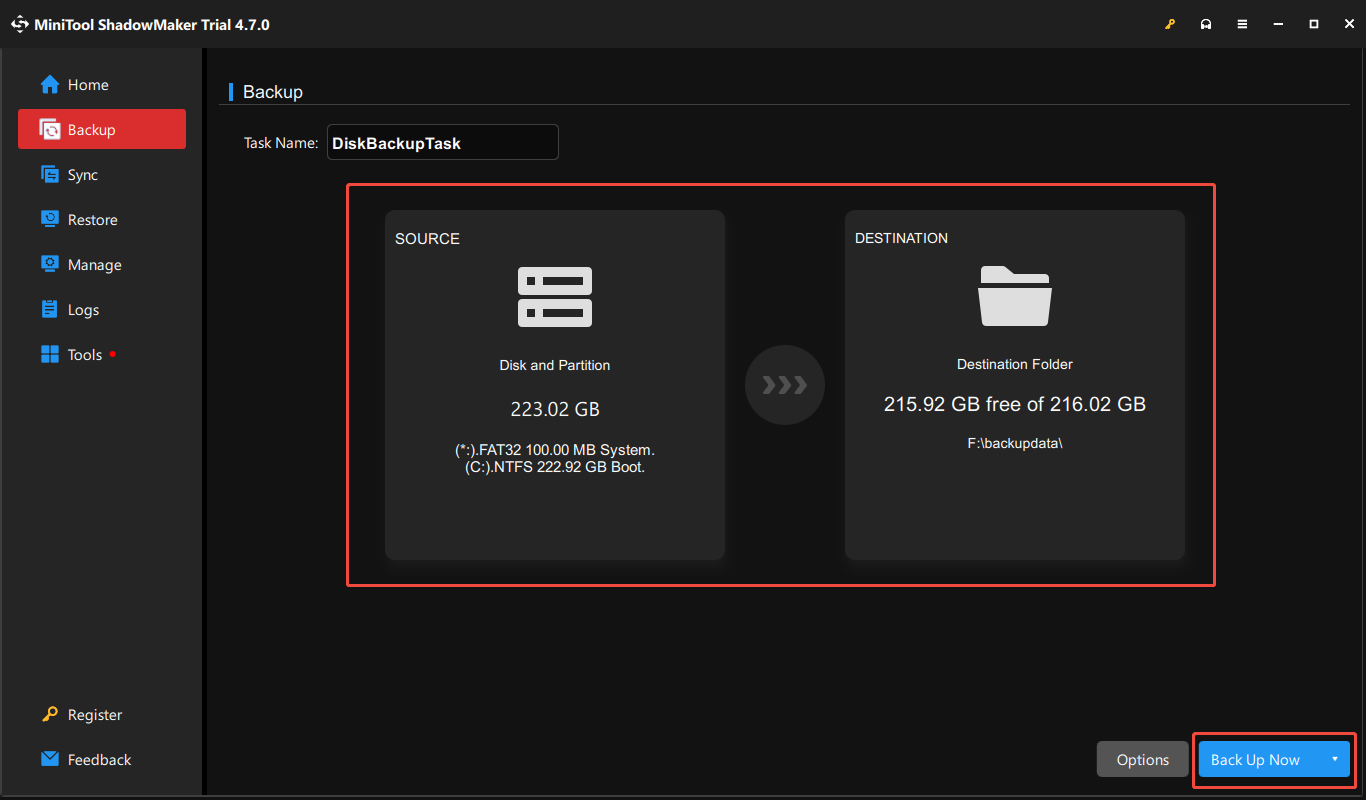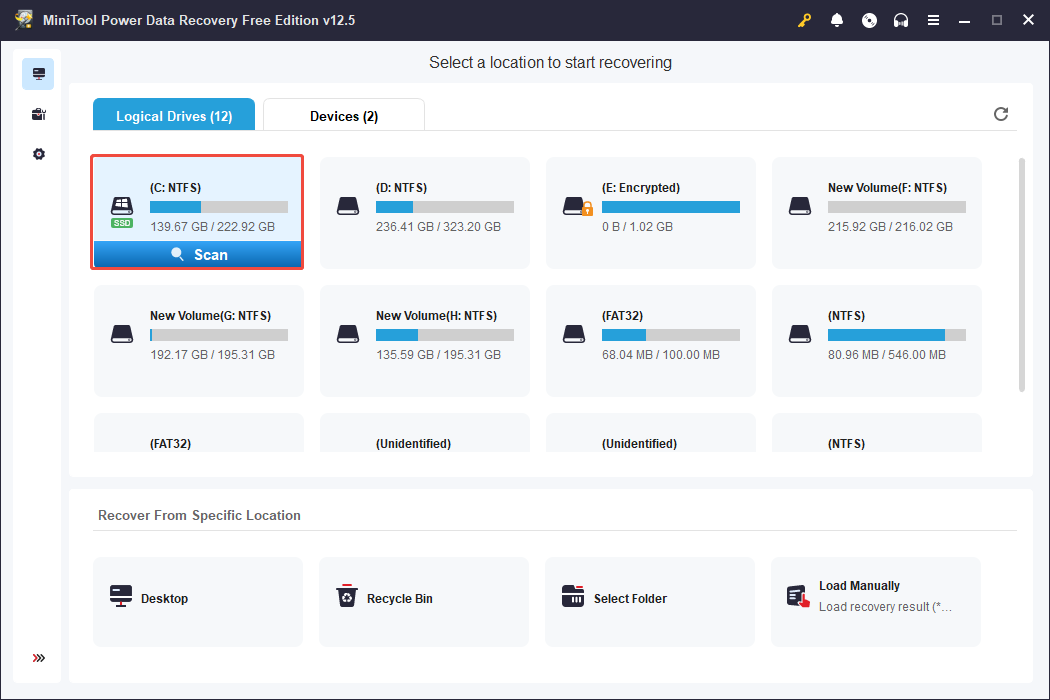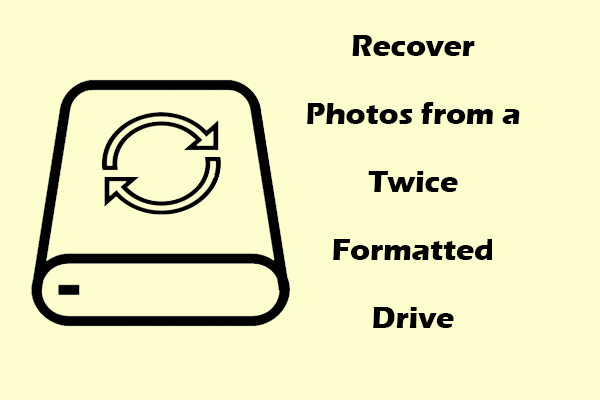Online advertising is crucial for many websites and businesses as it helps them reach millions of potential customers. However, it also poses a significant risk called “Malvertising”. This article from MiniTool will explain what malvertising is, how it works, the different types of attacks, and how to prevent them.
The Definition of Malvertising
Malvertising, also known as malicious advertising, refers to the practice of using online advertisements to distribute malware or redirect users to dangerous websites. Malware is any type of software that can damage your computer or device, including viruses, ransomware, spyware, trojans, and more. Malvertising can compromise your device without your awareness or agreement, jeopardizing your privacy, security, and performance.
The deceptive aspect of malvertising lies in its capability to operate without triggering any warnings or indications that users’ systems are at risk, making it a stealthy and effective method for cybercriminals.
Malvertising vs. Ad Malware
Malvertising is often confused with ad malware or adware:
- Adware is a type of application that generates unwanted advertisements, often causing annoying pop-ups on users’ devices. It can be bundled with legitimate apps or installed without the user’s knowledge, leading to ads, rerouted searches, and the collection of personal information for targeted advertising.
- Malvertising involves harmful code placed on a publisher’s webpage, targeting users who visit that page.
When comparing malvertising and ad malware, it is crucial to recognize the clear differences:
- Malvertising involves the implementation of harmful code on a publisher’s webpage, specifically aimed at individual users. In contrast, adware targets individual users without initially being placed on a publisher’s webpage.
- Additionally, malvertising affects only those users who visit an infected webpage, while adware, once installed, remains active continuously on a user’s device.
To sum up, malvertising and ad malware are different in their methods and effects. Malvertising relies on compromised webpages, while adware consistently operates on a user’s device. Thus, it is also necessary to remove adware from your computer. The following is about how to remove adware from Windows.
Malvertising Detection
Here are some typical signs of identifying advertisements that may have malvertising:
- Grammatical Errors: Mistakes in spelling or grammar reflect a lack of professionalism.
- Overpromising: Be wary of the deals that appear excessively favorable, which are frequently scams.
- Poor-Quality Images: Unclear photos may indicate a lack of reliability. Usually, authentic ads are generally well-crafted.
- Surprising Pop-Ups: Advertisements that unexpectedly appear with urgent calls to action could be malvertising.
- Irrelevant Advertisements: Ads that do not relate to your interests or previous searches might be fraudulent.
- Suspicious Web Addresses: Verify if the link looks unusual. If it is, it could direct you to unsafe websites.
How Malvertising Works
Malvertising works by tricking site owners or advertising networks into displaying fraudulent ads on their platforms. Criminals can achieve this in two primary ways:
- Exploiting advertising networks: Cybercriminals can take advantage of ad distribution platforms to target numerous sites simultaneously.
- Deceiving website owners: Criminals may directly contact website owners, masquerading as legitimate advertisers to have an ad published.
The reason why criminals favor networks is due to their scale, which allows for greater visibility and engagement with their deceptive advertisements.
After the advertisement goes live, the criminal waits for visitors to the website to either:
- View the advertisement: Users will automatically install malware onto their device just by loading the page containing the ad.
- Click on the advertisement: Clicking may redirect users to malicious websites or prompt the download of harmful files.
Types of Malvertising Attacks
Malvertising attacks can take different ways to compromise devices or obtain data. Common types include:
- Drive-by downloads: Malvertising automatically downloads and executes malware without user consent by taking advantage of vulnerabilities in the browser or system. No click is required to trigger the attack.
- Fake alerts: These show deceptive warnings or tempting offers on users’ devices, such as notifications about malware infections or software updates. Interacting with them can result in malware installation or exposure to phishing sites designed to capture personal information.
- Clickjacking: These attacks trick users into clicking on hidden elements that overlay legitimate content. For instance, a malicious link might be concealed beneath a seemingly innocent button, directing users to harmful websites or initiating malware downloads.
If you want to learn about the other types of malware, this post – The Different Types of Malware and Useful Tips to Avoid Them is what you need.
The Affection of Malvertising
Malvertising will pose many risks, like malware infections, data theft, and exposure to harmful sites.
- Infected devices: Malvertising can install hidden malware that collects your information without your consent.
- System backdoors: Malware can exploit unknown vulnerabilities, allowing hackers access before you install security updates.
- Stolen data: It may lead you to fake websites that harvest personal and financial information.
- Lost reputation: The reputation of site owners can suffer if users contract malware from an advertisement on their platform, leading to identity theft and financial losses.
- …
How to Prevent Malvertising
To safeguard yourself against malvertising, refrain from clicking on advertisements, particularly pop-ups, as they may be unsafe sites. Here are some effective strategies:
- Use an AdBlocker: This can assist in preventing harmful ads from appearing.
- Keep Software Up-to-Date: Regularly updating can offer security fixes to counter vulnerabilities.
- Utilize Antivirus Software: This can help identify and block threats from dangerous files and websites.
- Remove Outdated Plugins: Uninstall old browser plugins that may be at risk for exploitation.
- Enable Click-to-Play: This option prevents harmful content from loading automatically.
- Avoid Unprofessional Advertisements: Steer clear of ads that appear dubious or too good to be true.
- Clear Your Cache Regularly: Frequently deleting temporary files can help remove harmful trackers.
How to Save Data from Loss During Malvertising Attacks
Given the challenge of identifying and eliminating malvertising once it infiltrates your system, it’s essential to take proactive measures while you remain unaffected by such attacks. In addition to the previously mentioned prevention strategies against malvertising, another critical task is to back up files on your computer.
By backing up important files, you ensure that even if you lose them during the process of eradicating malvertising through a hard reset, you can retrieve them from the backup image. For backing up crucial data, it is advisable to use a trustworthy and professional software like MiniTool ShadowMaker.
Step 1. Download and install MiniTool ShadowMaker on your PC.
MiniTool ShadowMaker TrialClick to Download100%Clean & Safe
Step 2. Click Backup in the top menu of the main interface.
Step 3. Click the SOURCE module and select which files or programs you want to back up.
Step 4. Click the DESTINATION module to select where you’d like to store the backup files.
Step 5. Preview the backup process and confirm it by clicking the Back Up Now button.

How to Recover Lost Data Due to Malvertising
If you do not have a backup but the important files are lost due to the malvertising attacks, you can choose a strong data recovery tool. MiniTool Power Data Recovery is a powerful and versatile data recovery tool designed to recover lost files from various file storage devices.
This free data recovery software excels not only in cases where data is lost due to virus infection, but also in cases where files are deleted due to accidental deletion, file system corruption, or even system crashes.
Step 1. Get this professional data recovery tool and launch it to enter its main interface.
MiniTool Power Data Recovery FreeClick to Download100%Clean & Safe
Step 2. Under the Logical Drives section, select the target partition where your important files are lost, and click the Scan button.

Step 3. Once the scan is done, use the Search, Path, Type, and Filter features to locate your desired files. Meanwhile, to check whether the files are needed, you can double-click them to preview.
Step 4. Check the wanted files and click Save. In the pop-up window, choose a new file location to store them.
Final Words
This post reviews the definition, types, detection, effects, and prevention of Malvertising. You can also use the two powerful tools to back up your important files or rescue your lost data on Windows. Hope the information can be useful for you.



User Comments :